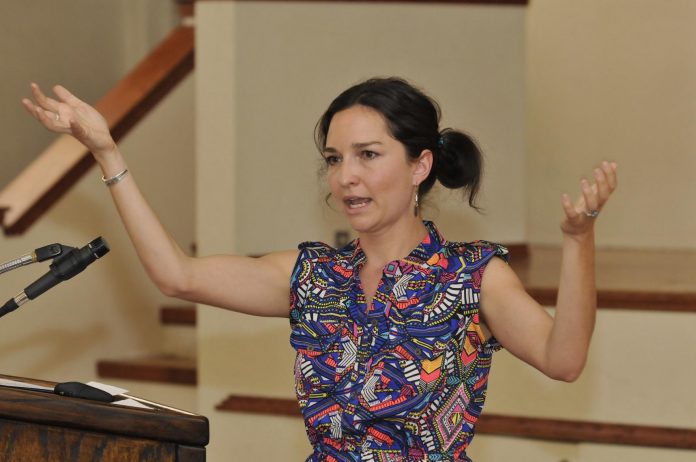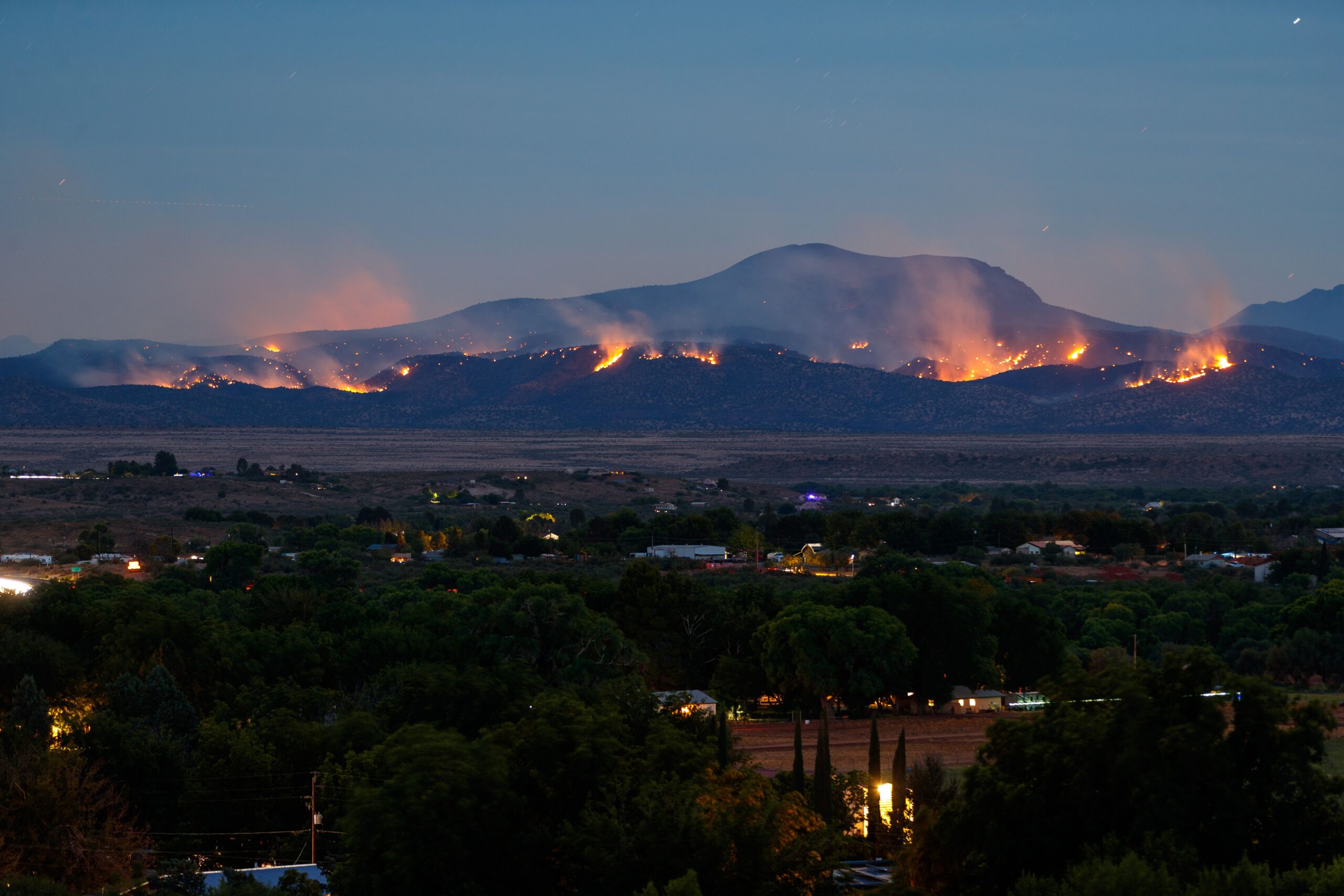One of the lasting legacies of the mining industry is that people don’t think of Cottonwood as a food-producing region.
The truth, according to local food researcher Nancy Gottschalk, is that the area is steeped in the traditions of horticulture.
“We do have that history — we always have had a history,” Gottshcalk said to a crowd of interested residents, Friday, June 17, at the Cottonwood Civic Center. Her project, “Reveal the Bounty: Food Mapping for Cottonwood and Community,” is one of 80 that ArtPlace America is considering for its 2016 National Creative Placemaking Fund, eligible for a portion of the allocated $10.5 million.
“I believe this area is unique,” Gottshalk said. “This valley has a rich history of cultivation and agriculture that spans back to 600 A.D. When you walk down some of our streets, it is hard to go 10 steps without seeing a pecan tree, or a mesquite tree, a mulberry tree or a cactus pad.”
Gottschalk explained that though Cottonwood’s agricultural history is extensive, for years the pollution brought about by mining and the subsequent reliance on canned goods to feed miners gave a false impression that the entire Verde Valley has fought recently to reverse.
“We have good soil,” Gottschalk said, adding that the last decade has seen a revitalization of not only the wine-making industry but local food sourcing in general. “There’s an enthusiasm we can build upon.”
Since 2012, when she completed her thesis study of the local food landscape of Cottonwood for a master’s in sustainable communities from Northern Arizona University, Gottshcalk has been aware of an increased desire to participate in the local food system. With her application for the 2016 National Creative Placemaking Fund, she hopes to generate awareness of how the average person can contribute.
Gottschalk has proposed a project that would identify and map all potential food resources on every street within the city of Cottonwood. This will include a “comprehensive cataloging” of all fruit trees, nut trees and other perennial food sources in the community.
This alone, she admitted, is valuable information — but it’s only part of the plan.
“It’s kind of hard to grab people,” Gottschalk said. “That’s where art comes in …. The second phase of the project will utilize various artistic installations and mediums to disseminate the information to the public.
“I’ve realized that getting people simply to garden, or shop at a farmers market is not enough, or maybe not a great place to begin. In my examination of communities with successful local food systems, it begins with a celebration of the community itself …. I also believe that the art element of the project is the perfect way to effectively bring awareness to just how special this valley is.”
As the next step in ArtPlace’s process, Gottschalk will complete more extensive application materials. On June 17, an ArtPlace staff member and a national peer expert were in attendance. Such peer experts will convene for an in-person panel meeting this fall, after which ArtPlace will announce the final projects in which it will invest a total of $10.5 million in December 2016.
| The Fund |
| According to Nancy Gottschalk, “ArtPlace America is a 10-year collaboration among 16 partners foundations, along with eight federal agencies and six financial institutions, that works to position arts and culture as a core sector of comprehensive community planning and development in order to help strengthen the social, physical and economic fabric of communities.” For more information, visit artplaceamerica.org. |



